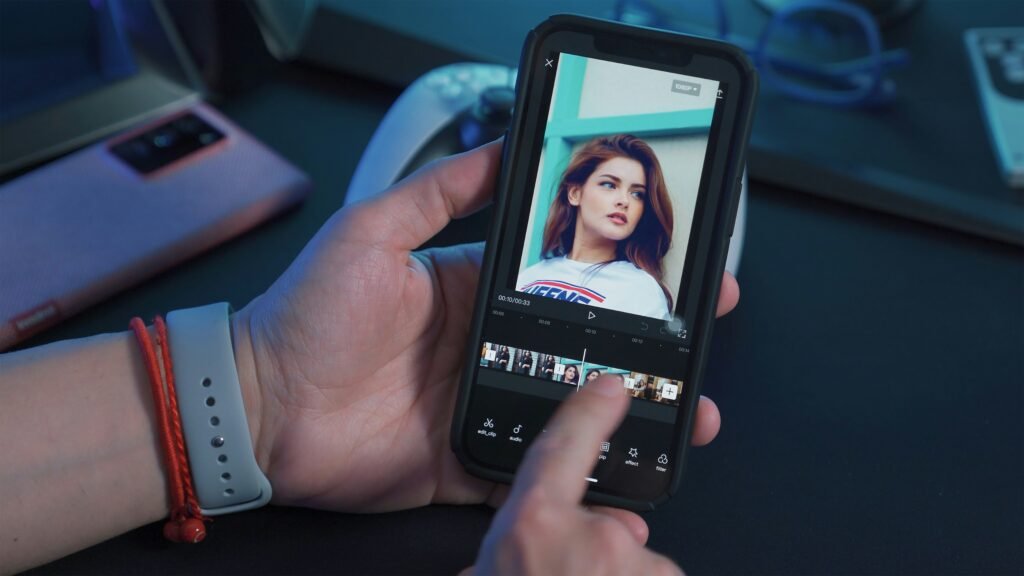Film Industry
Will AI Films Replace Human Storytelling?
The Dawn of AI in Filmmaking: An Unstoppable Force
Artificial Intelligence (AI) is reshaping the film industry at a breakneck pace. By 2025, AI technologies have advanced to where movies, short films, and video clips can be generated from simple text prompts with impressive visual fidelity and stylistic nuance. Platforms like Google Veo and OpenAI’s models allow creators—whether studios or individuals—to produce cinematic-quality content without the traditional resources or crew. This represents a democratization of filmmaking, enabling unprecedented creative freedom and personalization, such as generating entire films with AI-rendered actors, including resurrecting past stars digitally.

The industry is witnessing the rise of AI-native studios that operate with minimal personnel, slashing production costs by 50% to 95%, reshaping storytelling from a once exclusively human craft to a hybrid of art and technology.
Why Human Storytelling Still Holds the Key
Despite AI’s rapid progress, true storytelling—art imbued with genuine human emotion, experience, and intention—remains uniquely human. While AI can simulate stories by manipulating learned data, it lacks the capacity to live, feel, and express personal soul experiences. This absence manifests in AI-generated content as a lack of emotional depth and nuanced subtlety that is intrinsic to human-created art.
Authentic storytelling is more than just narrative structure; it is the sharing of lived experience, cultural context, and human perspective. Films crafted by humans resonate because they reflect real emotions, fears, hopes, and cultural moments. In contrast, AI’s stories, no matter how visually stunning, currently fall short in delivering this connective human element that deeply engages audiences.
The Future: Co-Creation, Not Replacement
The emerging vision is one of collaboration between AI and humans, not outright replacement. AI can be a powerful tool to handle repetitive tasks like editing, script polishing, or basic cinematography, enhancing efficiency without compromising creative vision. Filmmakers can leverage AI to amplify their ideas, not surrender authorship to machines.
This hybrid approach preserves what humans do best—imaginative, boundary-pushing storytelling grounded in human emotion and creativity—while utilizing AI to expand the toolkit. Studios like Dream Lab LA focus on marrying technology and art, signaling Hollywood’s reinvention rather than obsolescence.
Market Dynamics: AI Films as Spectacle, Human Films as Art
AI-generated films are poised to carve out their own space as spectacle and personalized entertainment that can be produced rapidly and inexpensively. They may saturate the market with flashy, customizable content appealing to audiences fascinated by novelty and AI’s creative possibilities. Features including resurrecting actors, interactive narratives, and hyper-personalization may attract viewers for AI films in a similar way vinyl appeals as a niche yet valued format in music.
However, human-made films that are authentic and emotionally rich will likely retain a distinct and valued audience, often willing to pay a premium for the “organic” human touch. This distinction safeguards the soul of cinema—the deep connection between audience and creator—that AI alone cannot replicate.
Challenges and Ethical Considerations
The rise of AI filmmaking brings major ethical, economic, and creative challenges. It disrupts traditional industry structures and can devalue the craft of filmmakers. Questions arise around rights (using deceased actors’ likeness), ownership, transparency in AI use, and the sustainability of creative jobs.
As storytelling becomes more automated, the question emerges: what defines meaningful narrative when stories can be endlessly remixable or disposable? The film community faces the task of setting standards that balance innovation with preserving artistic integrity.
Conclusion: The Indispensable Human Heart of Storytelling
AI films will undoubtedly become a powerful and pervasive part of the cinematic landscape, creating new categories of entertainment and expanding what is possible. Yet, they cannot replace the uniquely human art of storytelling—the transmission of lived experience, emotion, and cultural truth.
The future lies in a thoughtful fusion where technology augments human creativity rather than supplants it. Authentic films by storytellers who embrace risk, unpredictability, and soul will endure and define cinema’s emotional core.
As AI changes the game, the human heart of storytelling remains the irreplaceable, sacred essence that gives art its meaning and audiences their connection.
Human creativity and AI innovation will co-evolve, shaping an exciting new chapter in film—where machine efficiency meets human empathy and imagination.